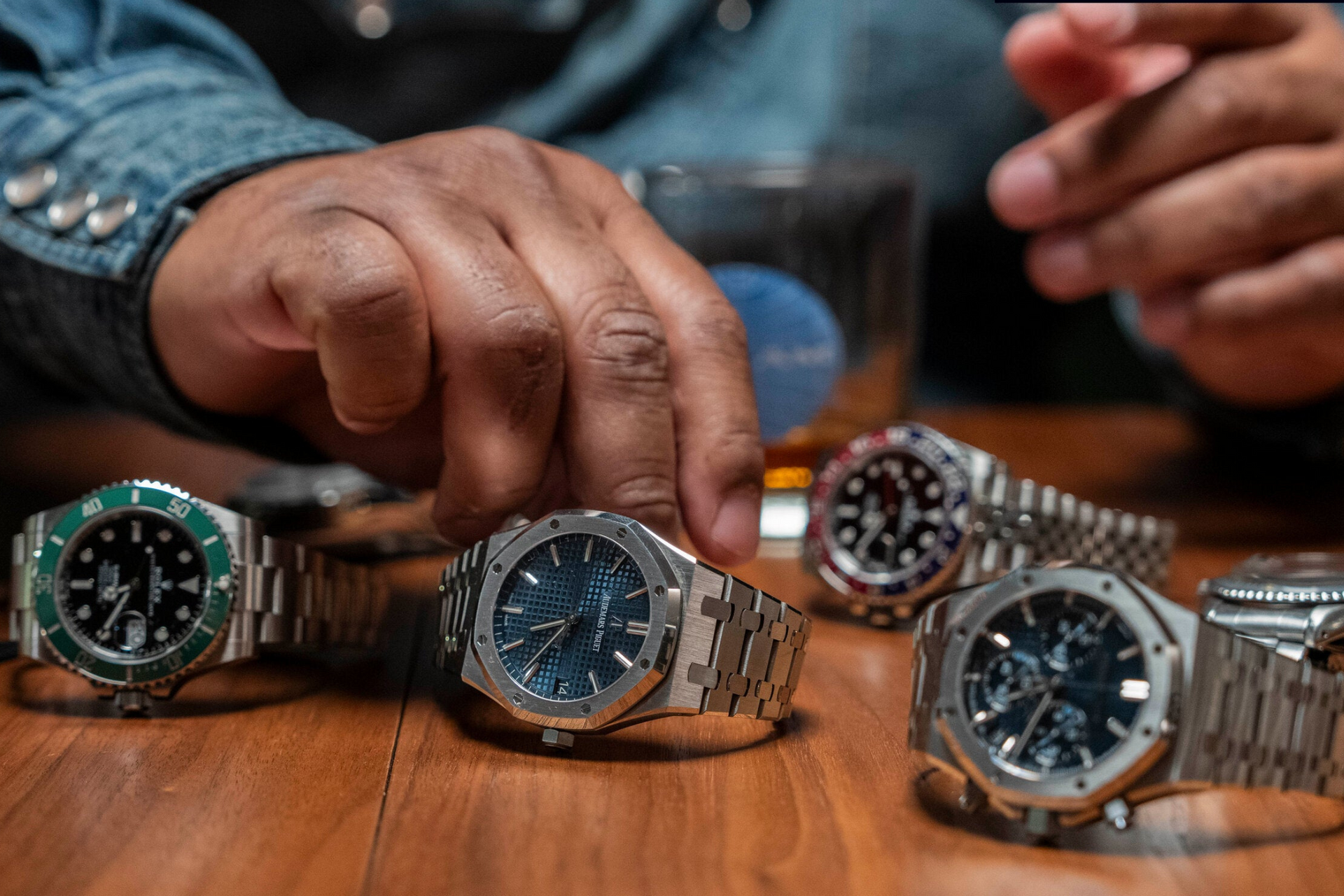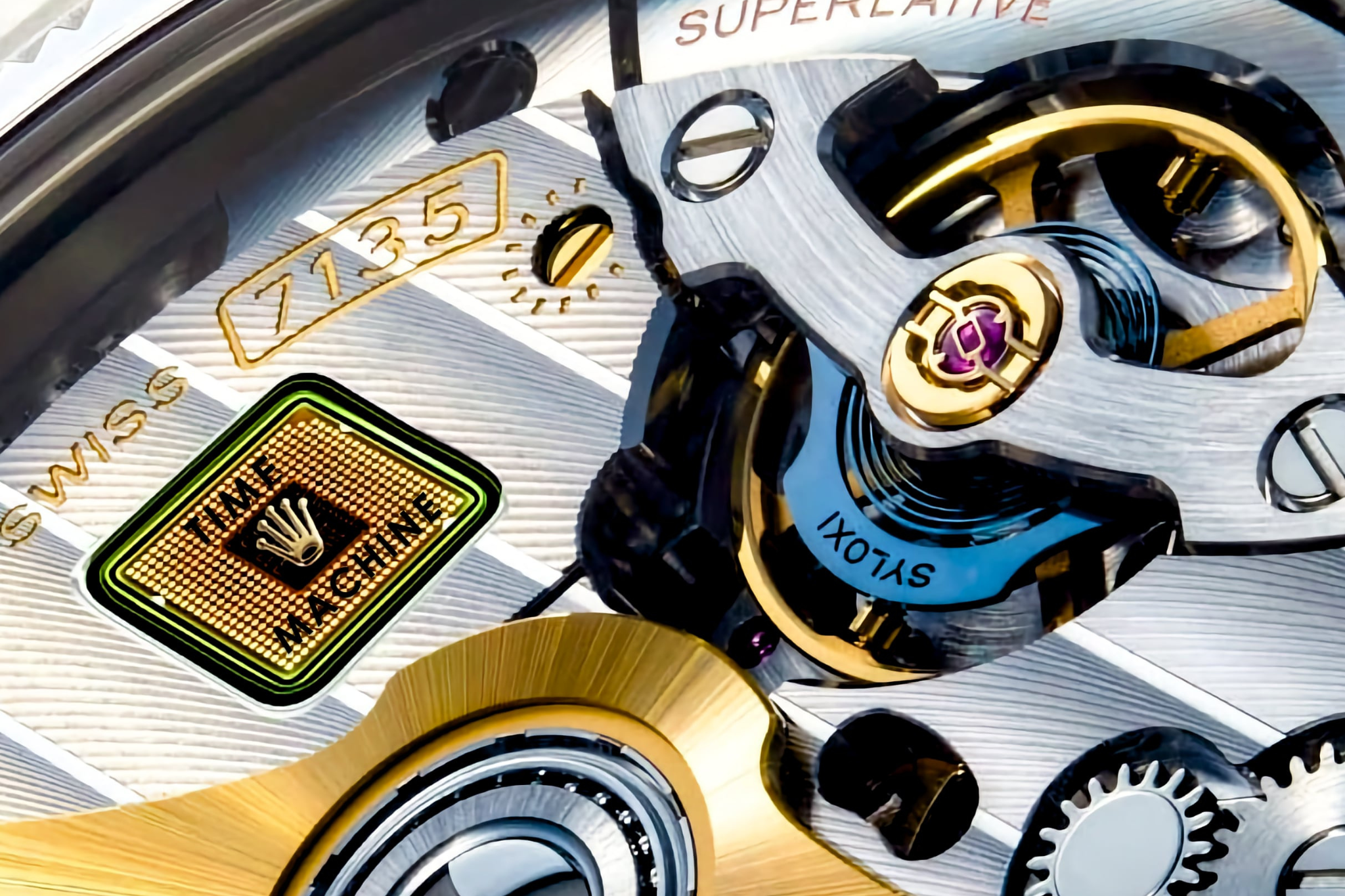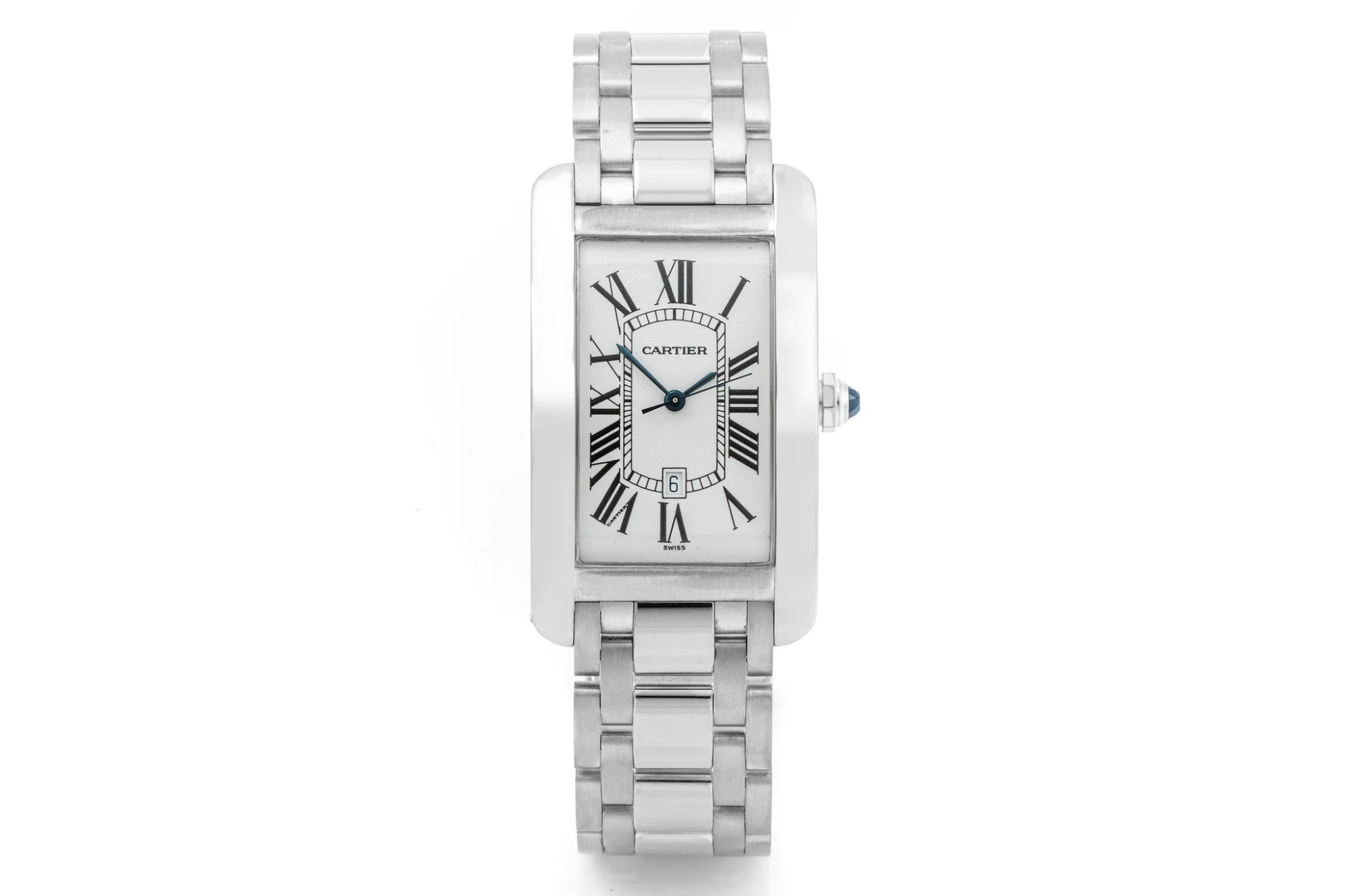Luxury Watche have long been marketed as symbols of masculinity - bold, oversized, and connected to adventure, racing, or diving. For decades, horology was seen as a men’s club, where women’s timepieces were treated more like jewelry than serious instruments of precision. But in recent years, the landscape has changed dramatically. Women collectors, designers, and enthusiasts are reshaping the watch industry, challenging old stereotypes and redefining what luxury timekeeping means across genders.
This article explores the historical bias in watchmaking, the rise of female collectors, unisex design trends, and the growing inclusivity of the modern luxury watch market.
A Brief History: Watches as Status for Men
In the early 20th century, wristwatches emerged as practical tools for soldiers and aviators. Rolex Submariners symbolized rugged exploration, Omega Speedmasters represented space travel, and Audemars Piguet Royal Oaks embodied bold innovation. Marketing campaigns tied these models to masculinity, reinforcing the idea that “serious watches” were for men.
Women’s watches, in contrast, were often marketed as delicate accessories - small cases, jeweled bracelets, and designs emphasizing fashion rather than mechanics. This imbalance cemented the idea that horology was largely a male pursuit.
The Shift: Women as Serious Collectors
The rise of global watch auctions and the booming pre-owned market have empowered women to enter the collecting space. No longer confined to “ladies-only” collections, women are now purchasing and wearing models once considered exclusively masculine.
-
Daytonas and Submariners on Women’s Wrists: Once associated with male adventurers, these models are now embraced by women for their bold design and universal appeal.
-
Cartier Tanks and Ballon Bleu: Elegant, versatile pieces that blur the line between genders, chosen by style icons from Jackie Kennedy to modern CEOs.
-
Independent Brands: Female collectors are also driving interest in smaller, artistic watchmakers that offer individuality and craftsmanship.
Women are proving that collecting is not about gender, but passion for design, heritage, and mechanics.
The Rise of Unisex Luxury Watches
Modern brands are responding to changing demographics with designs that appeal to all genders.
-
Case Sizes Shrinking: Oversized 44mm watches are giving way to versatile 36–40mm cases suitable for any wrist.
-
Neutral Marketing: Brands like Rolex, Cartier, and Omega now emphasize universality rather than gendered campaigns.
-
Shared Icons: Models such as the Rolex Datejust, Cartier Santos, and Omega Speedmaster are marketed as timeless classics worn by anyone.
This unisex movement reflects broader cultural changes: consumers want inclusivity and authenticity, not outdated labels.
Gender and Design Language
Breaking down gender in horology doesn’t mean eliminating femininity or masculinity. Instead, it means offering choice without restriction.
-
For Women Who Prefer Bold Designs: Sports models like the Rolex Submariner or Audemars Piguet Royal Oak.
-
For Men Who Prefer Elegance: Slim Cartier Tanks or Piaget Altiplanos challenge the idea that “dress watches” are feminine.
-
For Everyone: Unisex icons that balance elegance and toughness, such as the Omega Aqua Terra or Rolex Oyster Perpetual.
The modern collector defines their style by personality, not by outdated gender categories.
Female Icons Who Redefined Luxury Watches
-
Jacqueline Kennedy: Her Cartier Tank became one of the most iconic watches in history.
-
Princess Diana: Wore both Cartier and Patek Philippe, blending royal elegance with horological sophistication.
-
Rihanna & Beyoncé: Regularly spotted in oversized Rolexes and Audemars Piguets, proving bold sports watches are for everyone.
-
Michelle Obama: Famously wore a Cartier Tank Française during her time as First Lady, symbolizing power and grace.
These figures normalized luxury watches as universal symbols of identity and empowerment.
The Pre-Owned Market and Gender Equality
Certified pre-owned platforms have played a major role in democratizing watch ownership. Unlike boutique marketing, pre-owned collections allow buyers to choose across decades of models, case sizes, and styles - unrestricted by current fashion or gendered advertising.
Benefits include:
-
Access to Vintage Models: Many vintage Rolex and Cartier watches were smaller in size, appealing to collectors of all genders today.
-
Investment Appeal: Gender-neutral models like the Rolex Daytona or Cartier Tank maintain strong resale value.
-
Freedom of Choice: Pre-owned shopping allows buyers to explore without being funneled into “men’s” or “women’s” categories.
Toward an Inclusive Future in Horology
The growing presence of women in leadership roles within the watch industry is also reshaping its future. Female designers, CEOs, and collectors are influencing new trends, ensuring that inclusivity is no longer optional but essential.
Key trends to watch:
-
Collaborations with Female Ambassadors: Brands partner with women athletes, artists, and leaders.
-
Smaller & Versatile Case Sizes: Catering to a broader spectrum of wrists.
-
Neutral Language: Moving away from “men’s” and “ladies’” watch labels toward universal storytelling.
Final Thoughts
The world of Luxury Watches is no longer a men’s-only domain. From Cartier Tanks to Rolex Daytonas, collectors of all genders are breaking boundaries, proving that fine timepieces are symbols of artistry and individuality rather than gender.







